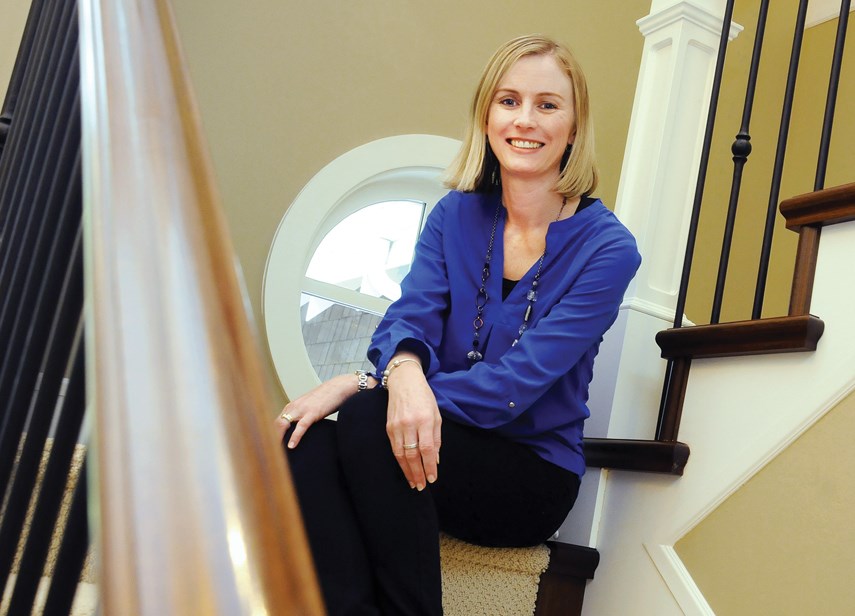Claire Snyman never got migraines, so she remembers well the day she woke up, in 2010, and the room was spinning all around her and she was in pain.
“I never used to have headaches or anything,” Snyman says.
She was diagnosed with a brain tumour.
Deciding to forgo surgery in favour of having doctors’ monitor and administer medication for the non-malignant affliction, things progressed soundly for a few years.
But “two years after my diagnosis I actually became acutely ill with vertigo and the migraines that just wouldn’t budge no matter what they did. A long story short, after I became confused and started to forget words and everything it was found out that my brain tumour had doubled in size,” the West �鶹��ýӳ��resident says.
Her brain was swollen and the only option to save her life was to have brain surgery.
It took her almost two years to recover after going under the knife.
Although it has been a long, ongoing journey, Snyman says the ordeal has helped her become a more active participant in her own health.
And for the past three or so years, she has been spreading a message to anyone who’ll listen about the importance of taking one’s health into their owns hands.
She recently released her second book, Activate: How to Save your Life in a Complex Health Care System, and gave a presentation on the same subject at the TEDx conference in Stanley Park last month.
“It’s not just Canada,” Snyman says. “Health-care systems are complex and overburdened, I think, in most countries – this is a global challenge,” she explains.
As a patient advocate, Snyman has developed what she touts as a simple system for effectively managing one’s own health, called a T.E.A.M. approach, which implores patients to Track, Educate, Ask, and Manage aspects of their health care.
“You need to keep records of everything relevant to you as a patient,” she says. “Ask questions. I think that was the most challenging for me. ... Ask ‘Why?’ Ask ‘What if?” and ask ‘How can we do this together?’”
The importance of education is also a priority for Snyman, who says when she was initially diagnosed the shock of the situation kept her from actively participating, asking questions, and understanding what was going on with her own health.
Not keen to be a backseat driver when it came to her condition, Snyman says she started to ask her doctors more questions, researched her condition in greater detail online, and joined support groups to learn more.
“[Education] allows you to make an informed decision,” she says. “We need to be able to have participation in the discussion with them.”
Snyman also manages a website called , named after her first book, that tells more about her personal story and offers blog posts, insights, links, and more for those on their own patient journey.
Asked why becoming a patient advocate was something she wanted to do, she says she knew immediately that she wanted to help others after waking up in the intensive care unit following her surgery in 2012.
“I just woke up and I was like, ‘Oh my god, I’m actually here,’ which means I’ve actually made it. I’m through,” she says. “I thought, one day I’m going to pay this back and I’m going to pay it forward.”
And while she acknowledges the importance of people advocating for themselves, she says part of the that approach is recognizing it can take a village in order to raise up a patient looking for empowerment.
“Support groups, families, doctors – without them the T.E.A.M. approach is really hard to sustain,” she says.



